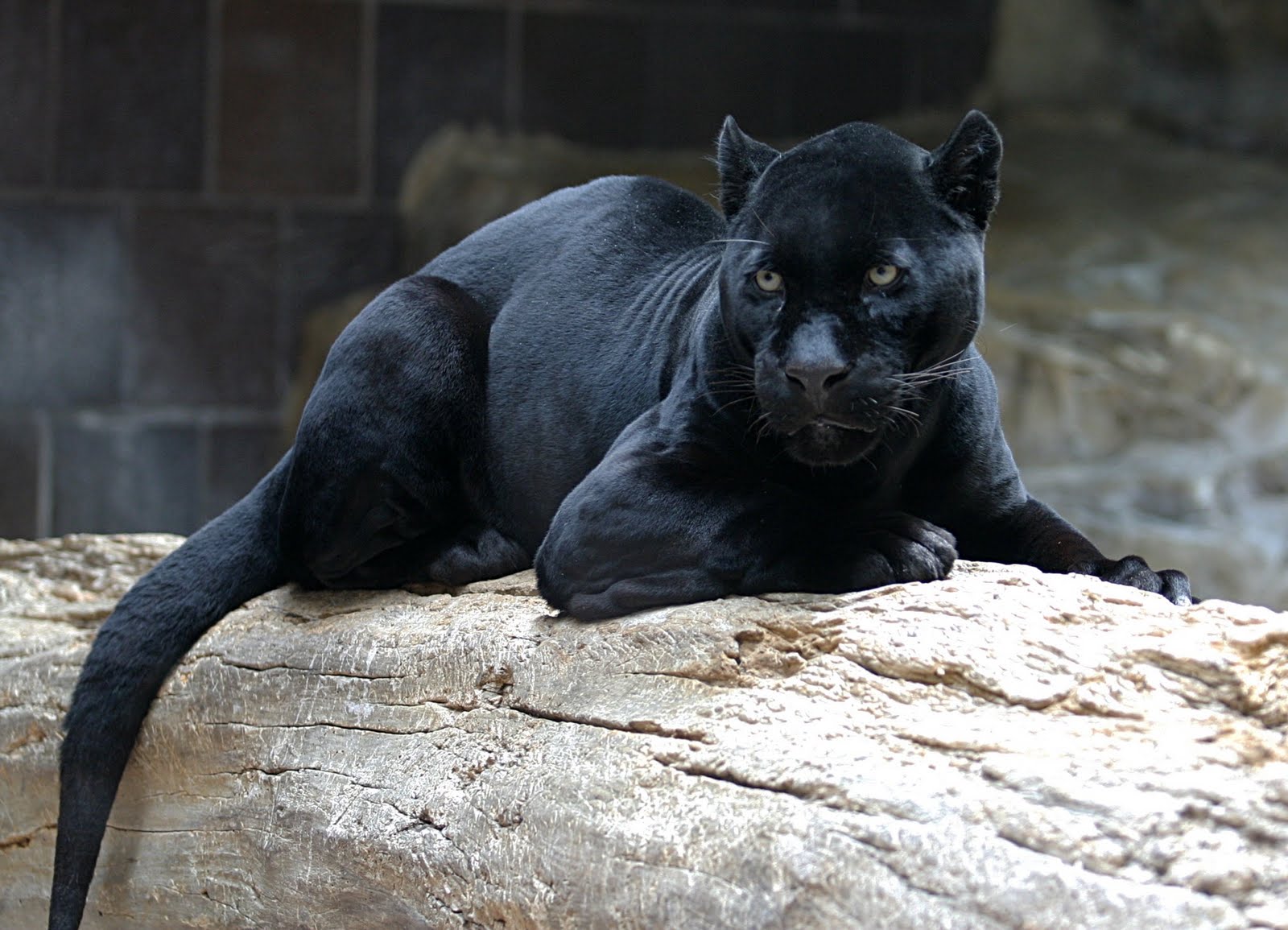The black jaguar animal is not merely a creature of the wild; it embodies the essence of strength, beauty, and enigma. Native to the dense jungles and rainforests of Central and South America, this magnificent feline captivates the hearts of wildlife enthusiasts and nature lovers alike. With its striking appearance and solitary nature, the black jaguar has become an icon of the wild, symbolizing the untamed spirit of the wilderness.
These majestic beings are a color variant of the common jaguar, often characterized by their unique black coats that feature a pattern of spots visible under certain lighting conditions. The black jaguar animal is not only a feast for the eyes but also a key player in maintaining the ecological balance of its habitat. As apex predators, they play a crucial role in controlling the populations of other species, thus preserving the delicate web of life in their ecosystems.
However, the existence of the black jaguar is under threat due to habitat destruction, poaching, and climate change. Understanding their behavior, habitat, and the challenges they face is critical for conservation efforts. In this article, we will delve deeper into the world of the black jaguar animal, exploring its characteristics, habitat, and the importance of protecting this enigmatic species.
What are the Distinct Features of the Black Jaguar Animal?
The black jaguar animal is often mistaken for its cousin, the leopard, but several distinct features set them apart. The black jaguar is known for its robust build, stocky legs, and large paws. Their powerful jaws and sharp teeth enable them to take down prey efficiently.
- Size: Female black jaguars typically weigh between 100 to 150 pounds, while males can weigh up to 200 pounds.
- Length: They can measure between 5 to 6 feet long, not including the tail.
- Coloration: Their black fur is a result of a genetic mutation, but the rosettes are still visible under the right light.
Where Do Black Jaguars Live?
The natural habitat of the black jaguar animal spans various regions, predominantly found in rainforests, swamps, and savannas. These habitats provide the necessary cover for hunting and breeding. The black jaguar is primarily located in:
- The Amazon Rainforest
- The Pantanal wetlands
- Central America, including countries like Belize and Honduras
What Do Black Jaguars Eat?
The diet of the black jaguar animal is diverse and primarily carnivorous. They are opportunistic feeders, meaning they will eat whatever prey is available. Common prey includes:
- Deer
- Capybaras
- Wild pigs
- Birds and reptiles
Black jaguars are known for their unique hunting style, often ambushing their prey from trees or stalking them stealthily through the underbrush.
How Do Black Jaguars Communicate?
Communication among black jaguars is subtle yet effective. They use a combination of vocalizations and body language to convey messages. Some common forms of communication include:
- Vocalizations: Growls, roars, and meows can signal territory or attract a mate.
- Scratching Trees: This marks territory and leaves scent for other jaguars.
- Facial Expressions: Body posture and facial expressions can indicate aggression or submission.
Are Black Jaguars Endangered?
The black jaguar animal faces numerous threats that have led to a decline in their population. Key factors include:
- Habitat Loss: Deforestation for agriculture and urban development is rapidly diminishing their living space.
- Poaching: Illegal hunting poses a significant threat, as they are often killed for their beautiful pelts.
- Human-Wildlife Conflict: As humans encroach on their habitats, black jaguars are sometimes killed for preying on livestock.
What Conservation Efforts are in Place for Black Jaguars?
Several organizations and governments are actively working to protect the black jaguar animal and its habitat. Conservation efforts include:
- Protected Areas: Establishing national parks and reserves to safeguard jaguar habitats.
- Anti-Poaching Initiatives: Implementing stricter laws against poaching and illegal wildlife trade.
- Community Engagement: Involving local communities in conservation efforts to foster coexistence.
How Can You Help Protect Black Jaguars?
Individuals can play a role in the conservation of black jaguars and their habitats through various actions, including:
- Awareness: Educating others about the importance of conserving wildlife.
- Supporting Conservation Organizations: Donating to or volunteering with organizations focused on wildlife protection.
- Responsible Tourism: Choosing eco-friendly travel practices when visiting areas where black jaguars live.
Conclusion: The Importance of the Black Jaguar in Ecosystems
The black jaguar animal is more than just a striking creature of the wild; it plays a crucial role in maintaining the health of its ecosystem. As apex predators, they help regulate prey populations, which in turn supports the overall biodiversity of their habitats. Protecting the black jaguar is essential not only for its survival but also for the stability of the ecosystems it inhabits. With concerted conservation efforts and increased awareness, we can ensure that future generations will continue to marvel at the beauty and strength of the black jaguar.
In summary, the black jaguar animal represents the wild's untamed spirit, and it is our responsibility to protect these magnificent creatures and their habitats for generations to come.




